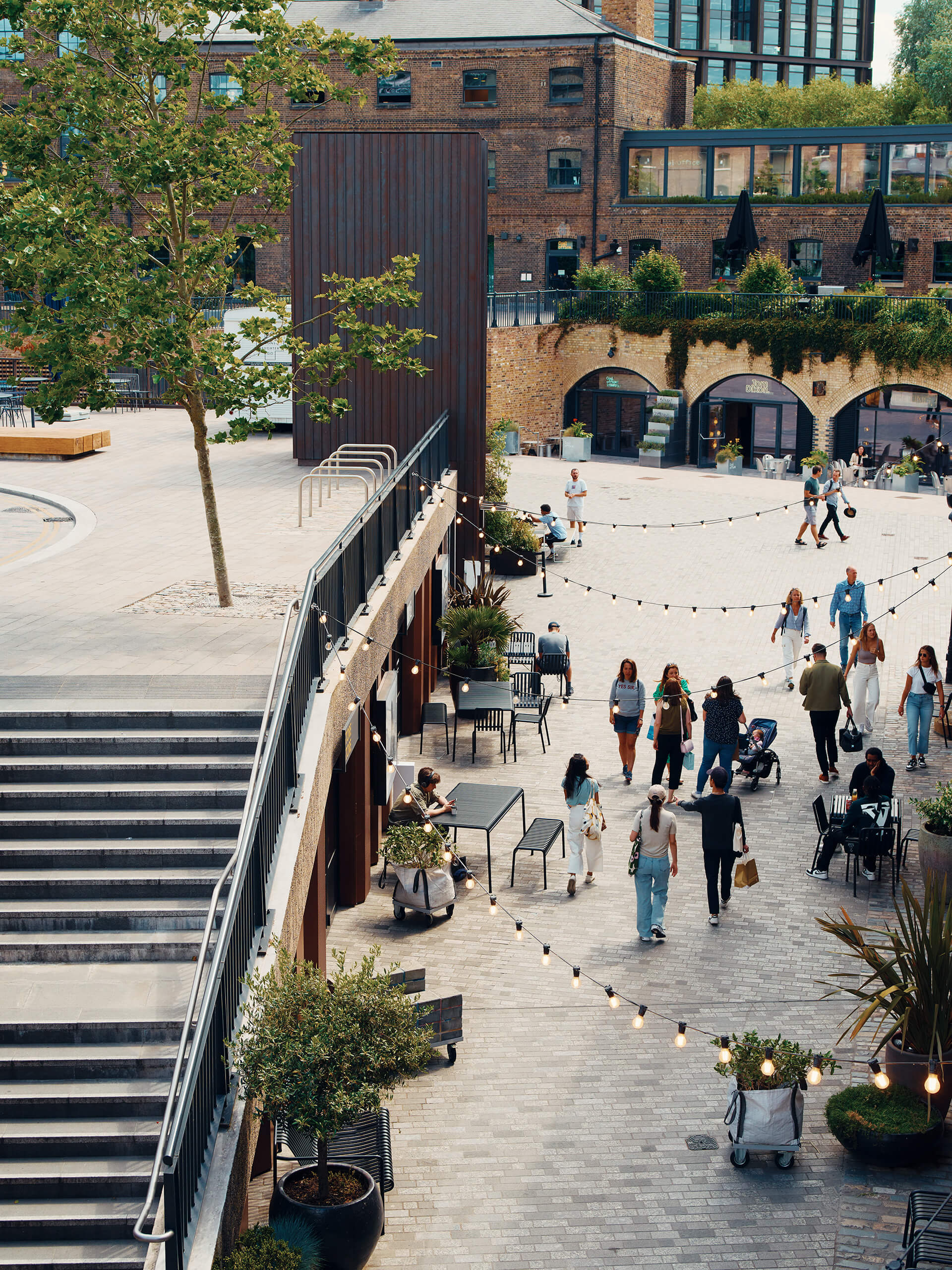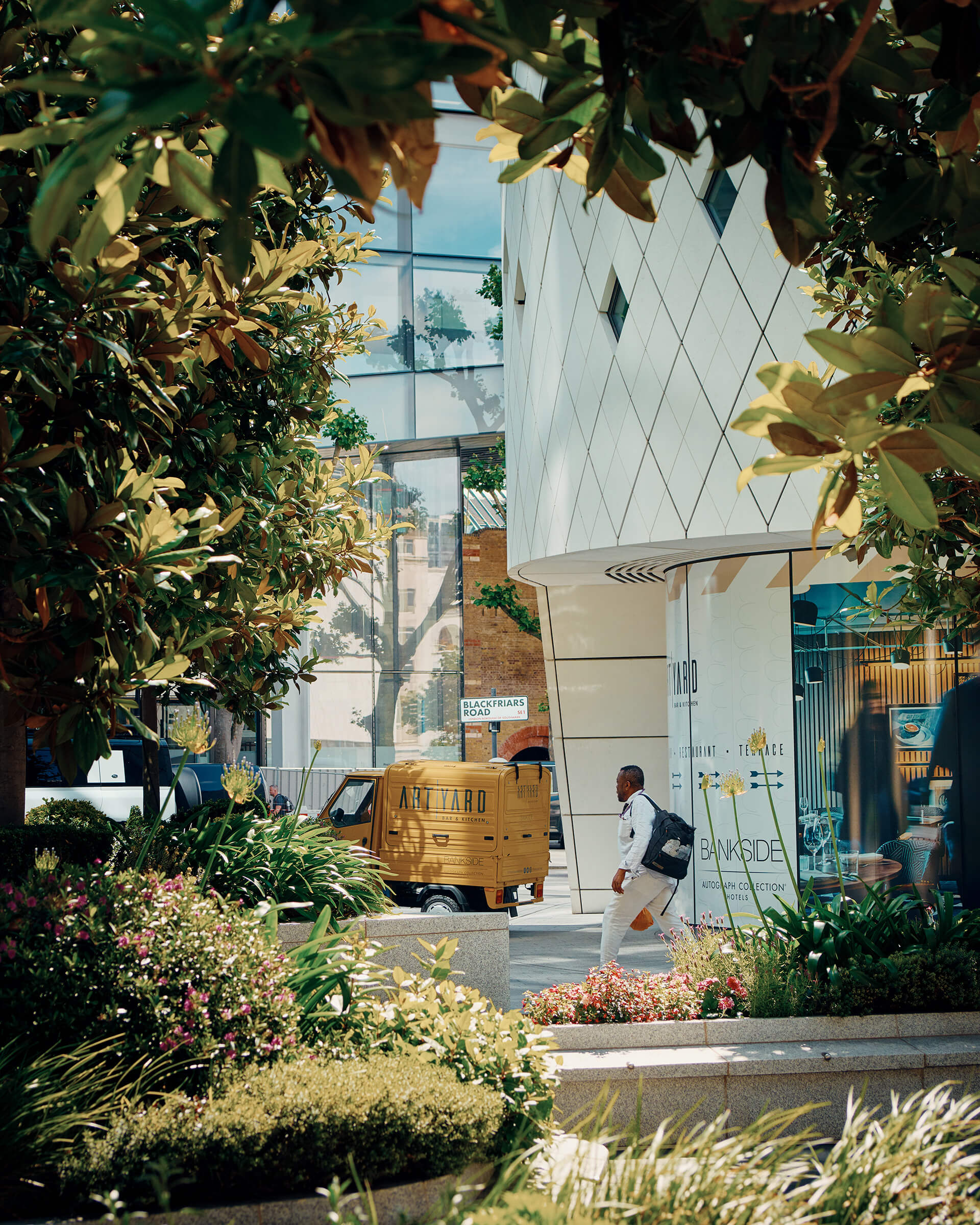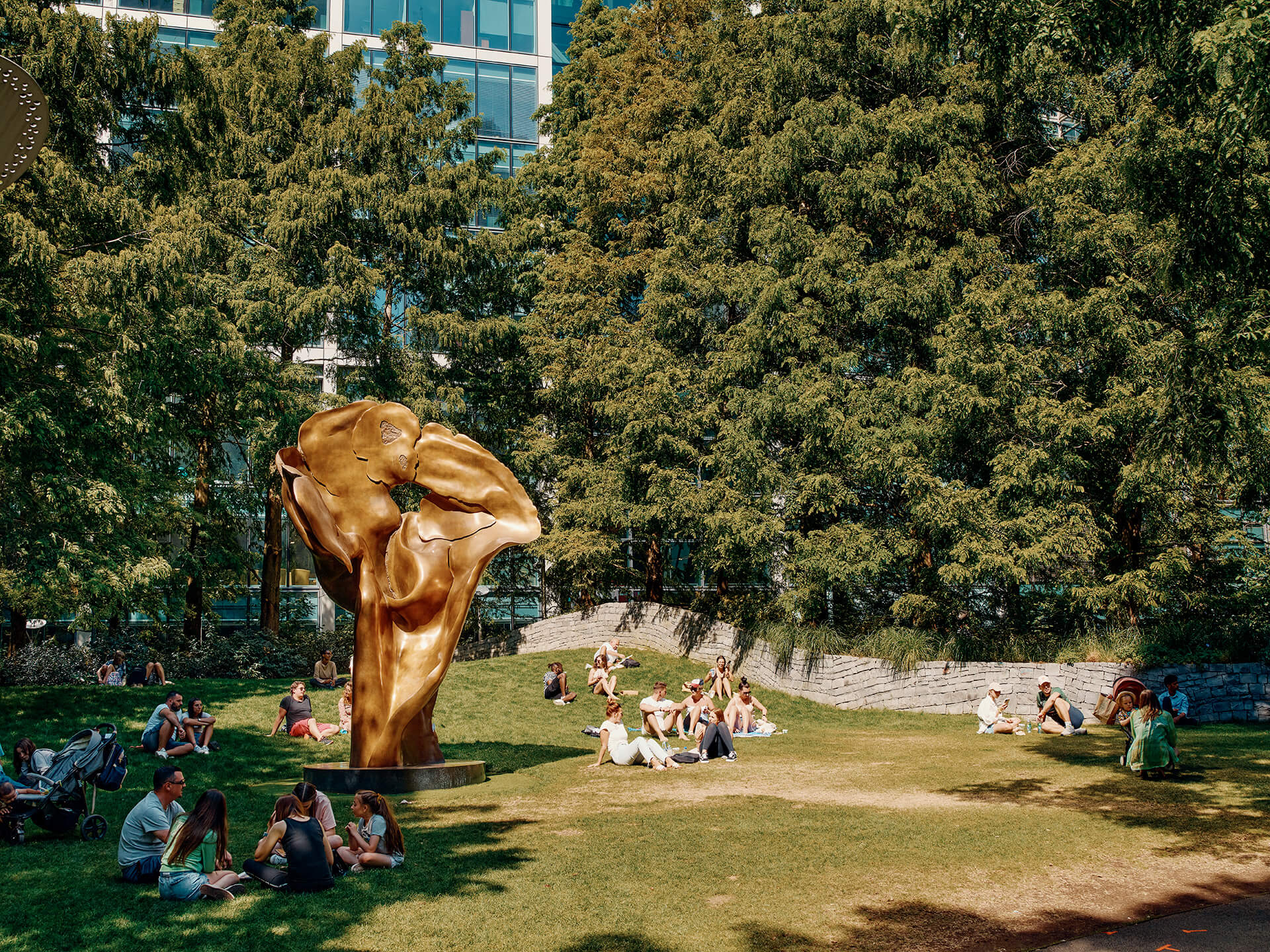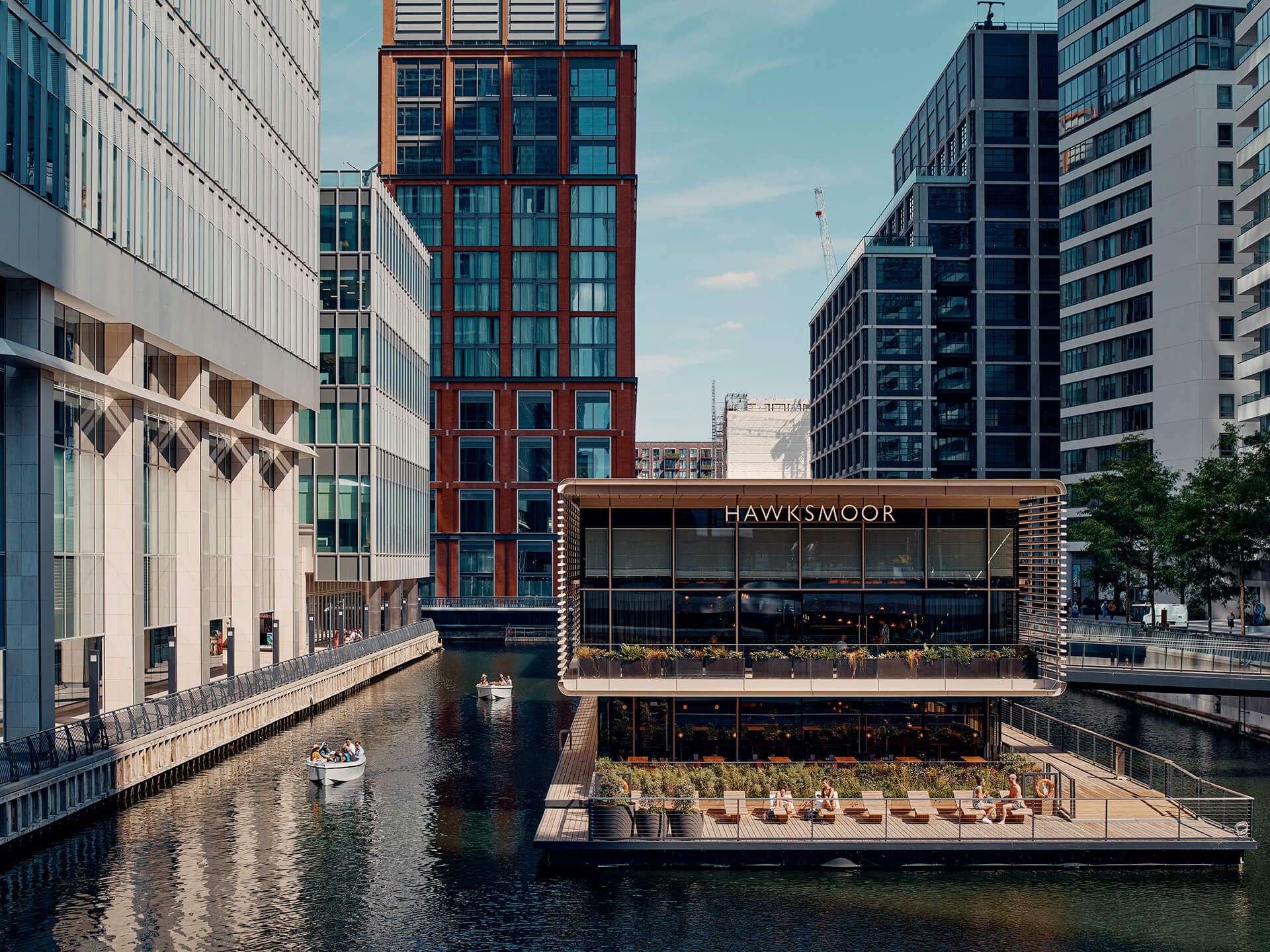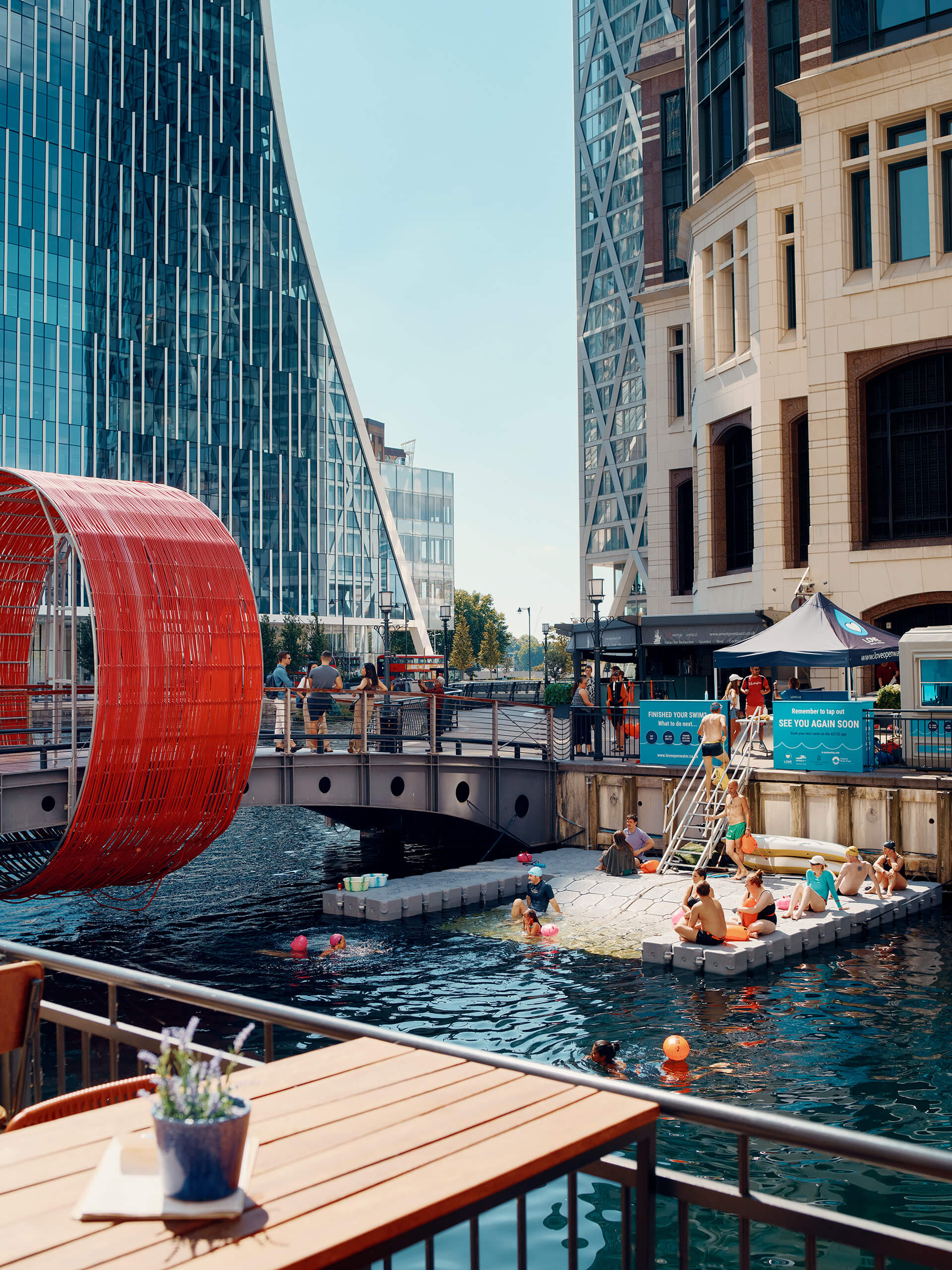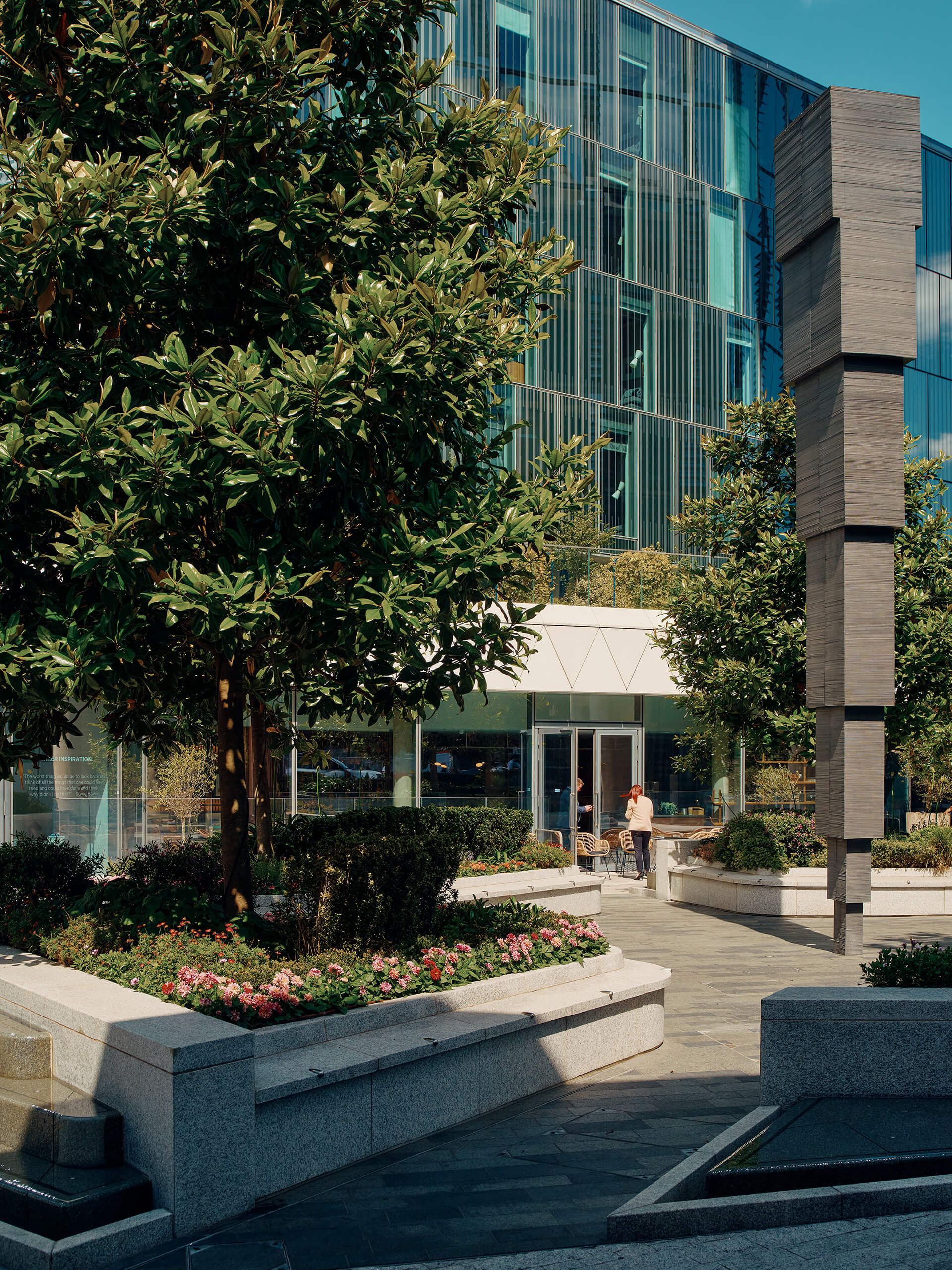What does it take to create a new cultural quarter?
How do you create a new neighbourhood in the capital? When it comes to creating London’s next neighbourhoods, developers are thinking in terms of longevity, community and social impact
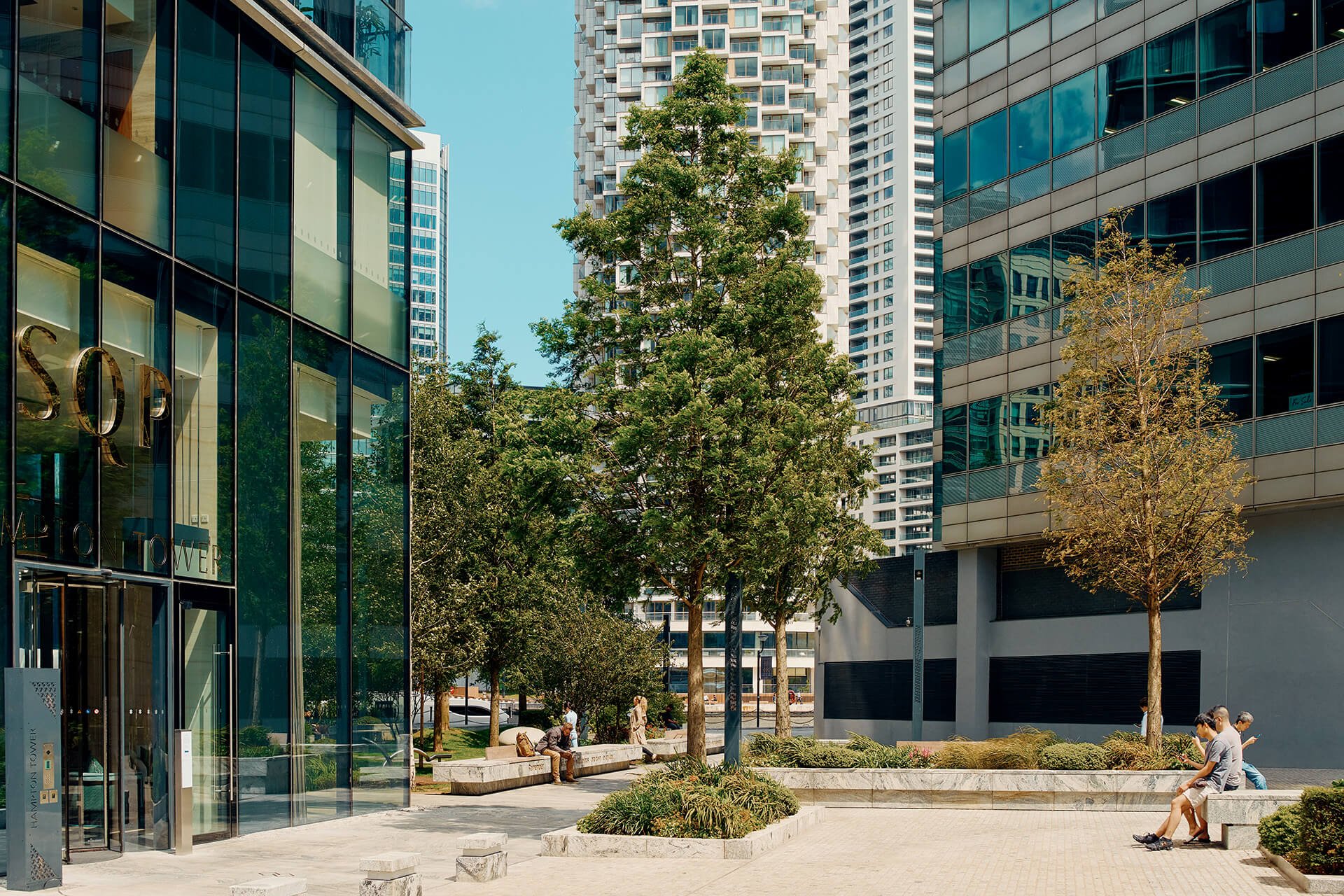
“We start every residential project thinking ‘who’s going to live here?’ and we’re always wrong,” says Patrick Campbell, an architect and senior partner at Foster + Partners, whose high-profile projects in the capital include South Quay Plaza in Canary Wharf, the reimagining of the famous Whiteleys shopping centre in Bayswater and the new sustainable mixed-use development, 18 Blackfriars. “Architects, planners, developers, estate agents – none of us ever knows. Isn’t that great?” he adds. “That’s what London is about. Its energy comes from the diversity of its people.”
Of course, this is modesty in the extreme from one of the world’s most famous architectural practices, but it’s true that the capital’s ever-changing dynamic keeps the city’s creative visionaries on their toes. Whether they’re reinvigorating a much-loved landmark or creating neighbourhoods like King’s Cross, Canary Wharf or Battersea Power Station from scratch, the masterminds behind London’s biggest regeneration projects grapple with a huge challenge: how to create identity in a location that has lost it, or never had it in the first place.
Regeneration is no longer about simply building housing. “It’s about the sense of neighbourhood, social and environmental responsibility, and about future-proofing developments so they can react to change,” says Emma Fletcher-Brewer, a partner in Knight Frank’s new homes team. “They’re places that will see people through the whole property lifecycle, from student tenants to first-time buyers, people moving out to start families to parents downsizing back into central London.”
Take a project as ambitious as the redevelopment of King’s Cross, a 67-acre site now two decades into its transformation, with three or four years still to go. Its metamorphosis from industrial dereliction to one of the city’s coolest new neighbourhoods has seen Argent, its developer and landowner, build 50 new buildings, 20 new streets and 10 public spaces.
When you’re talking about that kind of timeline – and a £3bn spend – to narrow your vision and target a single demographic would be sheer madness, says Robert Evans, Argent’s CEO. “Things inevitably change over that time and you don’t know what they’ll be.
The development isn’t based on some moment-in-time analysis. It’s based on humanist principles – variety, choice, scale, rhythm and serendipity

The masterplan isn’t based on a moment-in-time analysis. It’s based on humanist principles – variety, choice, scale, rhythm and serendipity. You need to find the balance between prescriptiveness and flexibility. You need to roll with events and opportunity.”
London will always throw curveballs at developers, though. Recent research showed the South Bank attracts a far higher number of wealthy, largely child-free, under-40s than anywhere else in central London. But for every one of them buying in its shiny new riverfront developments, there’s an empty-nester couple wanting to move back into the city for the cultural buzz. And while buyers will need to be high-earners – or subsidised by a Bank of Mum and Dad – they may have different ways of showing their wealth.
“High net worth individuals are not a homogenous group. They could be NFT millionaires in low-key jeans and hoodies,” says Tim Hill from branding consultancy Noë & Associates, whose recent projects include Bankside Yards on the South Bank, where Noë are “bringing public realm and building a narrative” into the site’s railway arches. A buzzphrase now, says Hill, is ‘altered affluence’, referring to a post-pandemic rejection of ostentation and opulence among wealthy buyers. “They’re more interested in how something is designed, where the marble is from, and understanding the process. It’s about making people feel better about themselves.”
With a diverse, changing demographic to consider, new neighbourhoods in the capital need a clear identity. At King’s Cross, that meant discovering what intrinsic ‘King’s Cross-ness’ means, “to avoid a sense of generic ‘Anywheresville’,” says Robert Evans. “We had to find a tone of voice. Ours is world-class, top of its game, but never stuffy, corporate or boring. Central St Martins nailed that as a world-class art college and an anchor of the development”. As that voice has become more recognisable, like-minded institutions, including Google, Facebook and Universal Music have seamlessly followed – along with buyers and tenants in King’s Cross’s new residential buildings.
Where a local community already exists, bringing them into the conversation is crucial. In Queensway, Tim Hill worked closely with the local residents’ association to establish what new role The Whiteley – a redundant behemoth of an old shopping centre – should play in the future. “The community wanted to feel it’s a place for them – that it fitted. It’s not just for well-heeled people but everyone,” Hill explains.
The smartest developers take care to tune into the character of each development to ensure they get this right. Bankside Yards on the South Bank is a good example. Hill says “the hardest challenge is to encourage [developers] to do something different. At Bankside, we want to promote the local culture – Tate Modern is a gift, as is the independent, artisan vibe, so that people feel embedded locally.”
Building vertical communities comes with other challenges. As fintech companies and Netflix eye up office space in Canary Wharf, the area is starting to see new types of housing and amenities emerge. “The latest phase of residential development is moving away from shiny towers to brick-built, warehouse-style living at 8 Harbord Square,” says Fletcher-Brewer.
But high-rises are still the obvious option in a district whose towers stand on tiny footprints. And if meeting the next door neighbours isn’t hard enough in London, what happens when you’re stacked storey upon storey?
It all depends on amenities, says Campbell. “In high-rise living, amenities and community are really, really important. You get an energy from bumping into each other in physical spaces, but it is as much about virtual connections – bringing people together in online yoga sessions or lectures.”
In Canary Wharf, newly built residential skyscrapers such as Aspen and One Park Drive put communal amenities at the heart of their offering, adds Fletcher-Brewer. But along with a business lounge and private dining/wine room at Aspen, there’s The Aspen Family Club space, with a play area and games room – an indicator of a more diverse demographic who are moving in.
While swimming pools and gyms are an expected part of luxury developments now, wellness is taking on a more holistic hue too. At Bankside Yards, which promises to be the UK’s first fossil-fuel free major mixed-use development, an 18-storey workspace called Arbor has extra-high ceilings designed to promote healthy work practice.
As ground-breaking as these projects are, and aspirational in terms of who they attract, ‘luxury’ isn’t a word anyone uses. Back with Argent, Robert Evans would rather it were never mentioned at all. “It implies something needless and over the top, something there for its own sake. We want everything to have panache and flair, but it has to have a purpose in helping people live. We want to make city living easier, more integrated and more sustainable.”

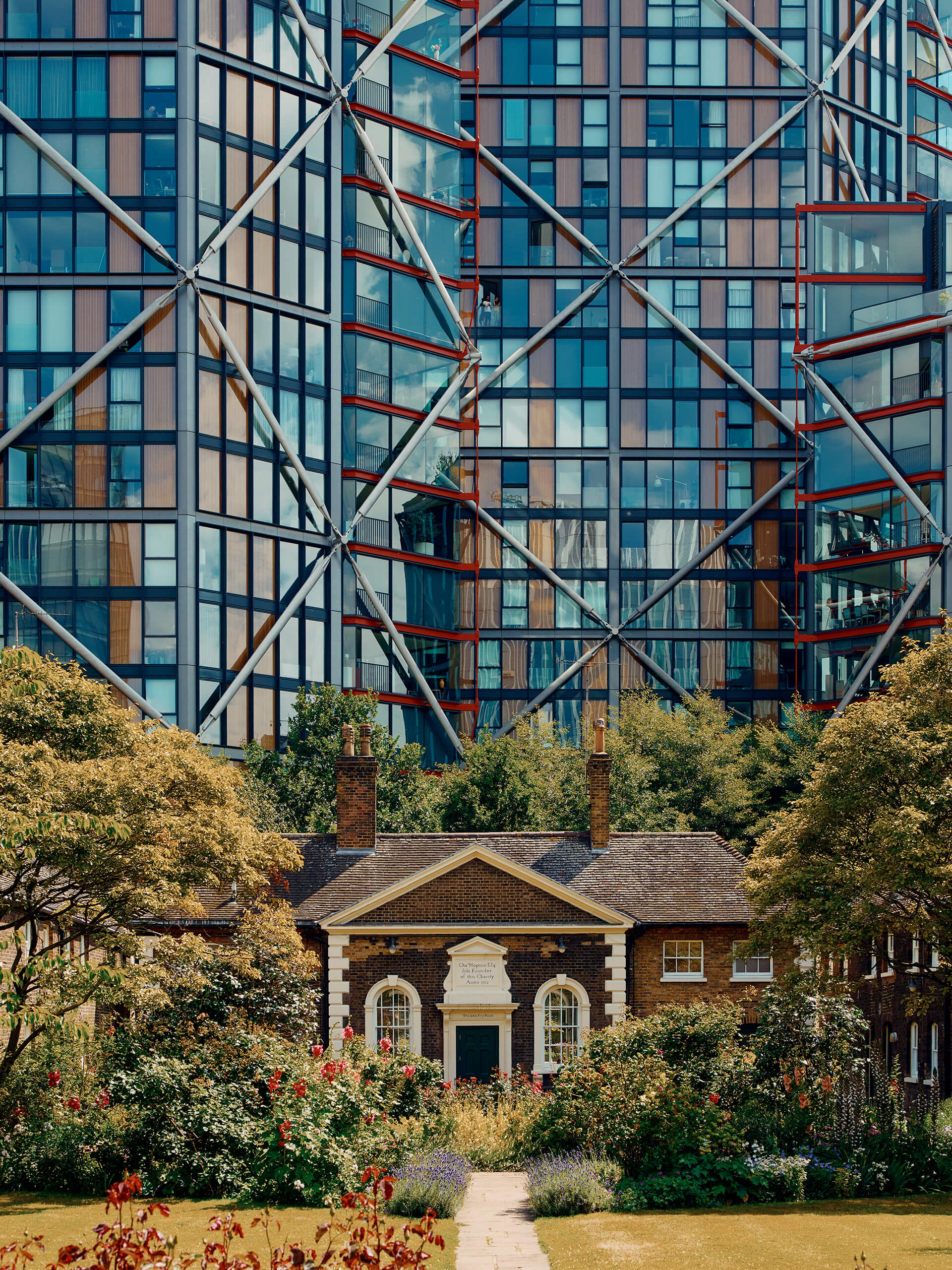
When it comes to sustainability, King’s Cross has led the way. The Estate officially became carbon neutral in November 2021 – a stepping stone to becoming net zero in the near future. Its eco accolades include being the UK’s first green gas district, zero waste (nothing goes to landfill), bike-friendly and traffic-free. King’s Cross is also home to the UK’s largest collection of BREEAM Outstanding buildings. “You need a clear path to net zero or risk being left behind,” Evans says.
Despite these achievements, the technology at King’s Cross has already been outpaced. At Argent’s “even bigger” project at Brent Cross Town, Evans adds, “we’re going to avoid gas altogether and be net zero by 2030.” But residents in N1C – King’s Cross’s specially-created post code – still benefit from relatively competitive fuel costs as the estate generates its own electricity.
With ESG (environmental, social and governance policy) now on everyone’s lips, urban schemes need to foreground the part they’re playing. “There’s proper scrutiny over how to make buildings as sustainable as possible,” says Campbell. “It’s also how we embed genuine societal benefit through town centre renewals, affordable homes, opening doors to as many people as possible.”
London’s next neighbourhoods are about giving back, creating culture and adding social value – which at King’s Cross, Evans points out, isn’t just in the schools and leisure facilities, having 40 per cent affordable homes, creating jobs through a construction training centre, or running a recruitment service linking employers with local people. It’s also about turning a largely no-go area into a clean and safe place. “It’s easier to walk north, east, south and west now and the canals, which 20 years ago you would have avoided, are beautiful places to walk, run or cycle.”
It’s the quintessential case study for placemaking and “such a sophisticated environment”, says Fletcher-Brewer. “With their approach, Argent have completely future-proofed King’s Cross.” This, surely, is a formula that every new neighbourhood in the city will be seeking to follow.
